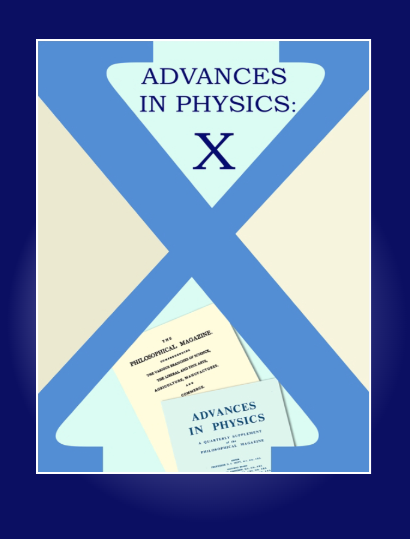耦合自旋交叉和铁弹性:重新审视原型[Fe(ptz)6](BF4)2材料
IF 10.8
2区 物理与天体物理
Q1 PHYSICS, MULTIDISCIPLINARY
引用次数: 1
摘要
本文章由计算机程序翻译,如有差异,请以英文原文为准。
Coupled spin cross-over and ferroelasticity: revisiting the prototype [Fe(ptz)6](BF4)2 material
ABSTRACT Spin-crossover (SCO) materials exhibit thermal conversion from low to high-spin states. We review different models developed to describe this entropy-driven process and the occurrence of cooperative conversions resulting from elastic interactions. There is a growing number of SCO materials exhibiting unusual thermal conversions when symmetry breaking occurs. To illustrate the importance of considering both phenomena, we review studies of the prototype [Fe(ptz)6](BF4)2 system, exhibiting at atmospheric pressure a single step thermal transition with hysteresis, where a ferroelastic distortion occurs from the high-spin high-symmetry (HShs) phase, towards the low-spin low-symmetry (LSls) phase. Under pressure, sequential conversions occur on cooling from the HShs phase towards a high-spin low-symmetry (HSls) phase, followed by a spin crossover towards the LSls phase. In addition, a metastable low-spin high-symmetry (LShs) state forms upon fast cooling. We revisit this coupling and decoupling of spin crossover and ferroelastic phase transition through the Landau theory model adapted by Collet, which provides qualitative agreement with the experimental data, such as the phase diagram and the evolution of spin transition curves or lattice deformations under pressure. This Ferroelastic Instability coupled to Spin Crossover (FISCO) approach should be generalized to many materials undergoing coupled spin transition and symmetry breaking. GraphicalAbstract
求助全文
通过发布文献求助,成功后即可免费获取论文全文。
去求助
来源期刊

Advances in Physics: X
Physics and Astronomy-General Physics and Astronomy
CiteScore
13.60
自引率
0.00%
发文量
37
审稿时长
13 weeks
期刊介绍:
Advances in Physics: X is a fully open-access journal that promotes the centrality of physics and physical measurement to modern science and technology. Advances in Physics: X aims to demonstrate the interconnectivity of physics, meaning the intellectual relationships that exist between one branch of physics and another, as well as the influence of physics across (hence the “X”) traditional boundaries into other disciplines including:
Chemistry
Materials Science
Engineering
Biology
Medicine
 求助内容:
求助内容: 应助结果提醒方式:
应助结果提醒方式:


